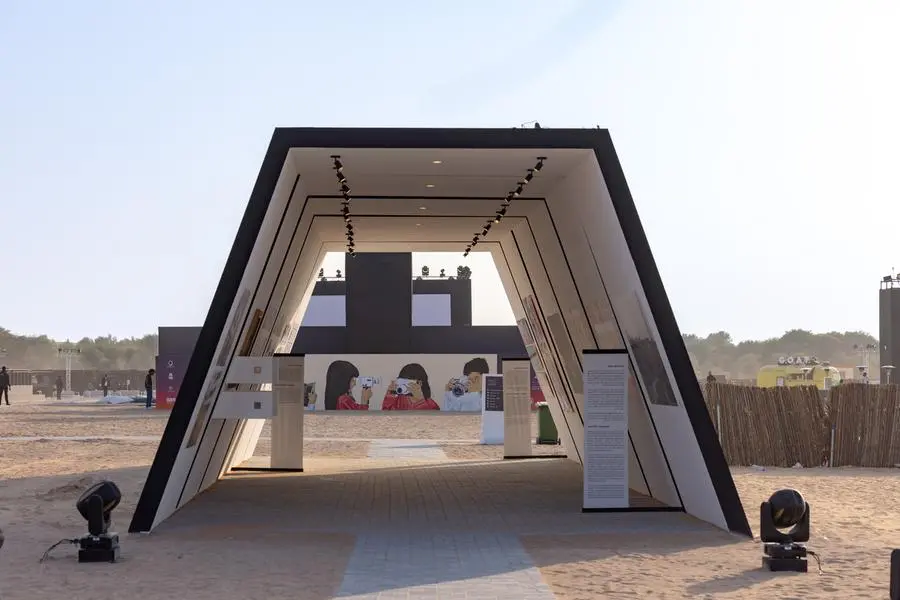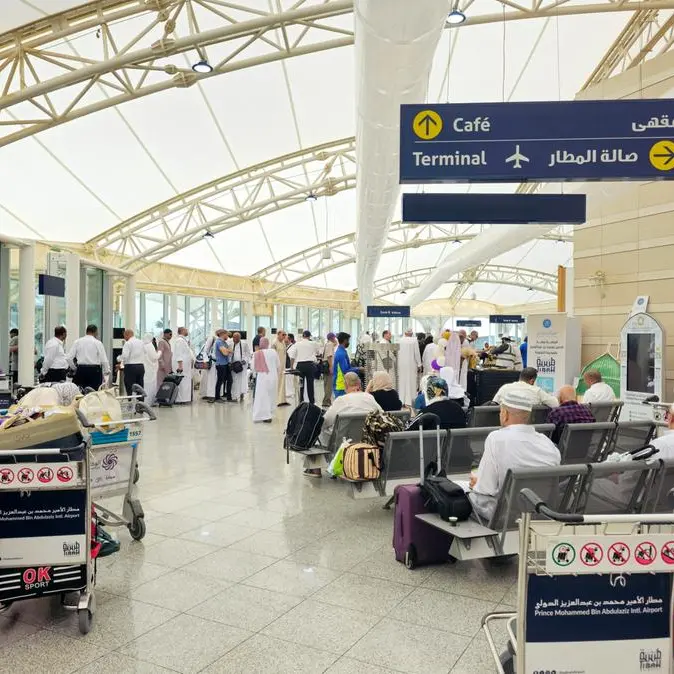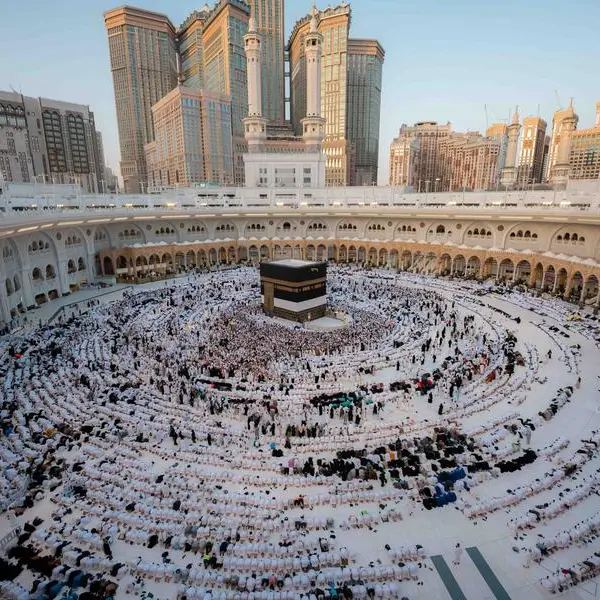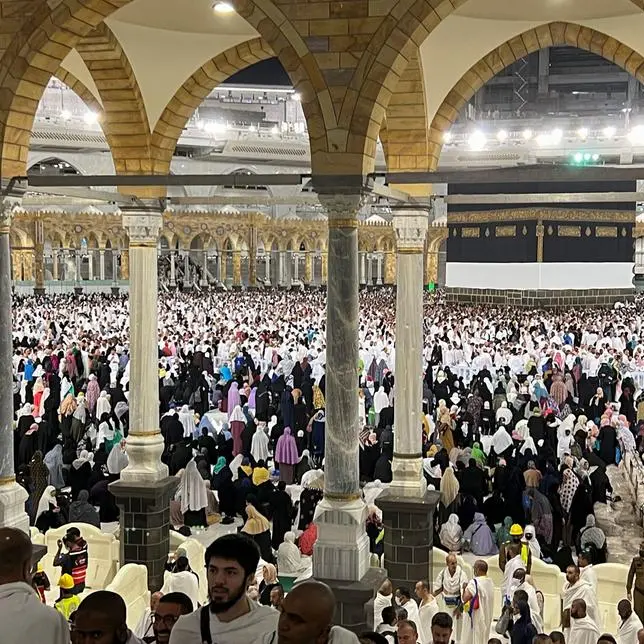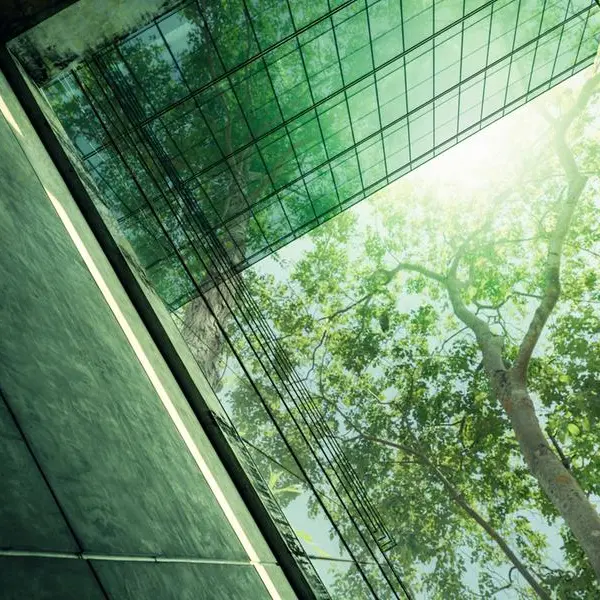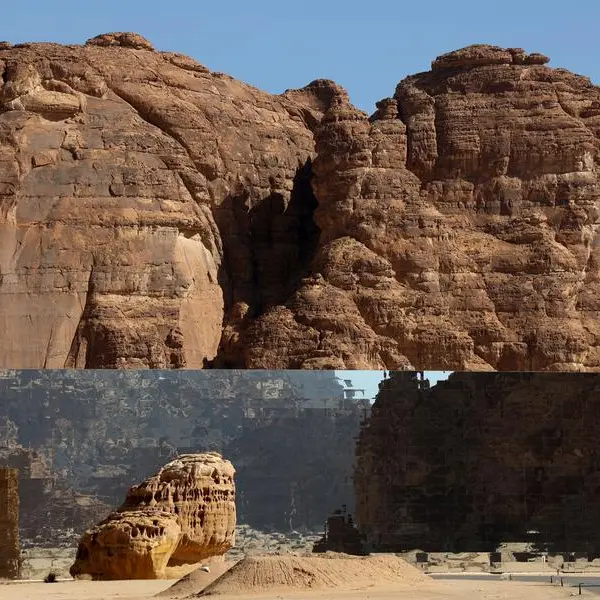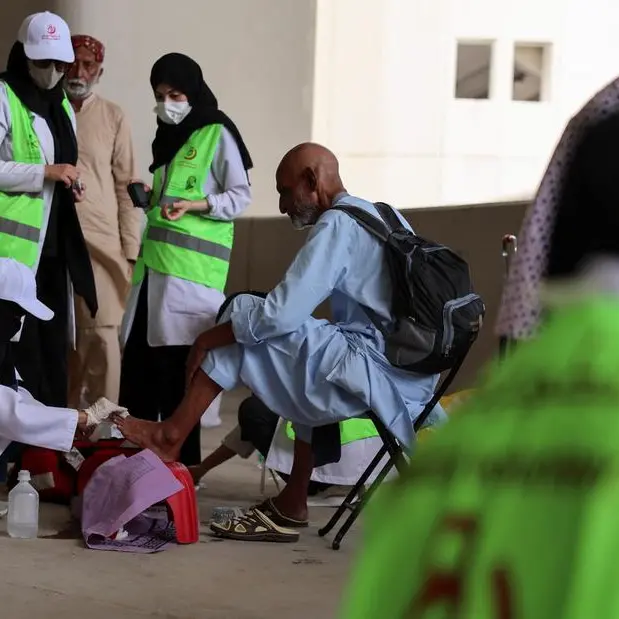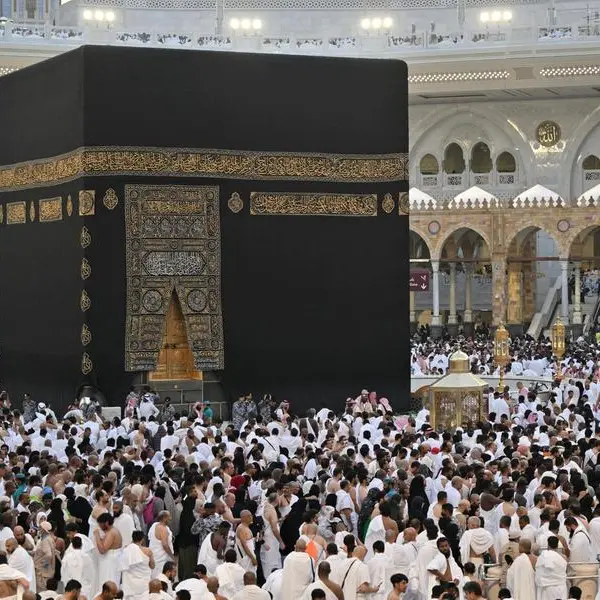PHOTO
DUBAI- In line with the vision of His Highness Sheikh Mohammed bin Rashid Al Maktoum, Vice President, Prime Minister and Ruler of Dubai, to cement Dubai’s position as a global centre for culture, an incubator for creativity and a thriving hub for talent, the second ‘Al Marmoom: Film in the Desert’ festival organised by Dubai Culture & Arts Authority (Dubai Culture) at Al Marmoom Desert Conservation Reserve is showcasing an impressive variety of cinematic and artistic works, taking visitors on an inspiring historical journey of cinema and a discovery expedition of Emirati artistry.
The festival has brought together emerging and established artists and filmmakers to reflect their visions of ‘Stories at One with Nature.’ The festival reflects Dubai Culture’s commitment to supporting and nurturing talent.
Throughout the festival, which runs until 11 December and through which Dubai Culture supports the Dubai Destinations initiative, the audience will witness exhibitions and works of art that narrate the history of local cinema and evoke local cultural heritage.
Spotlighting filmmakers and artists This festival is an innovative platform to enable filmmakers to present their unique ideas, which falls within Dubai Culture’s commitment to promoting the local film ecosystem.
At the festival, the Emirati mixed-media artist, Ammar Al Attar, presents a comprehensive picture of the cinematic culture in the country through his ‘History of Cinema’ exhibition, in which he monitors its beginnings and depicts the weekly family theatre-going rituals.
He presents them through a variety of pictures displayed alongside a collection of records, collectibles, publications, and cinematic flyers that were distributed manually, as well as posters of old films that were shown in local cinemas.
He also showcases the antique equipment used to show these films, announcing codes of conduct and advertising for local businesses, through which Al Attar retraces the material culture of UAE cinema.
The mural ‘Saif, Naama and Amna Playing’, created by Emirati artist Fatma Al Ali, represents artistic research into the Emirati film industry.
The first cinema hall was established in Sharjah in 1943 and was known at that time as Al Mahatta Cinema.
It was open-air with seats made of petrol tins. The mural reflects the qualitative leaps witnessed by theatres in the country, from the bench to the five-star seats.
In the mural, Fatima Al Ali seeks to highlight this history innovatively by presenting it as a picture in a book held by a child in one of the sections of the mural that depicts young people as filmmakers in reference to the need to motivate future generations to enter and learn the origins of cinema.
Artist Shama Al Mazrouei’s public art installation titled ‘Broken Phone’ is inspired by the old game of that name.
In it, she provides a nostalgic description of the nature of the culture behind the games that young people used to play, making the installation look like visual research into social relations and depicting pre-technology entertainment.
Artist Sara Al Khayyal presents her graphic work ‘Threads of Memories’ inspired by the aesthetics of Al Sadu craft in the form of a mural full of small details and geometric shapes that highlight the masterpieces of the tradition that was included on the UNESCO Intangible Cultural Heritage list.
Under the Al Marmoom sky, the history of the ‘Cultural Foundation’ shines through the installation ‘Moving with the Dunes’ created by Ayesha Hadhir, in which she recounts the history of the foundation, which was established in Abu Dhabi in 1981, to be one of the first cultural institutions in the country.
Ayesha creatively uses tiles from the old Cultural Foundation Fountain in this work. The installation acknowledges art and culture’s importance and place in the UAE.
It reflects the nature of the country’s transformations from its founding until today.
Emirati photographer Ali bin Thalith, Secretary General of the Hamdan Bin Mohammed bin Rashid Al Maktoum International Photography Awards (HIPA), documents the wildlife in Al Marmoom via his ‘Al Marmoom Greatest Wildlife’ exhibition, where his collection of photos highlights the reserve’s unique environmental diversity.
Showcasing rich Emirati heritage At the ‘Al Marmoom: Film in the Desert’ festival, Dubai Culture has devoted a heritage corner to shed light on traditional crafts such as Al Talli, Al Sadu, and Al Ghazal, in addition to Lugaimat, Rigag bread, and Arabic coffee.
This illustrates Dubai Culture’s keenness to promote the richness of Emirati heritage and the need to preserve it and enhance its presence.
Dubai Culture has ensured that the festival’s activities are accessible to people of determination by providing facilities for them to enjoy the movies, art installations, and exhibitions.
The festival is being held in partnership with several public and private entities in Dubai: the Roads and Transport Authority, Dubai Municipality, the Knowledge and Human Development Authority, the Department of Economy and Tourism, the Dubai Electricity and Water Authority, the Ministry of Education, Emirates Airline, Careem, Meraas, The American University in Dubai, ‘Proudly from Dubai,’ an initiative of Brand Dubai, Trust Your Water, VOX Cinemas, Weyyak, Zayed University, Nikon, Raindance, Project You, New Media Academy, GTV, and Mohammed bin Rashid Space Centre
